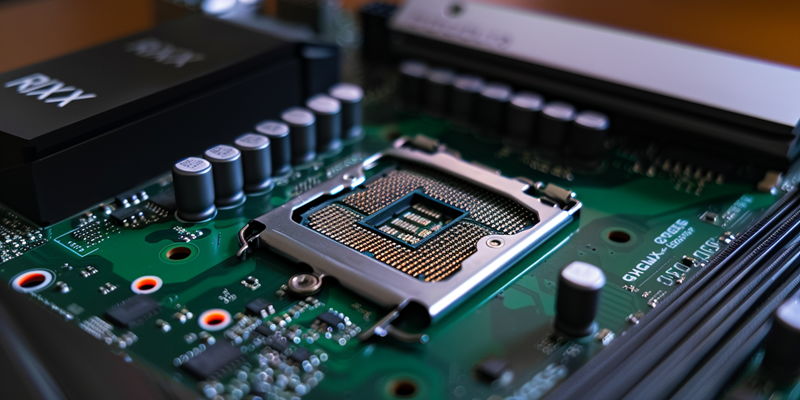AMD’s Ryzen processors, particularly from the Zen 4 series, have experienced significant strides in performance capabilities due to an update on Llamafix, effectively unlocking the AVX-512 instruction set. This has resulted in considerable improvements, with speed enhancements reaching up to ten times for certain applications.
Understanding AVX-512 and Ryzen’s Capabilities
Advanced Vector Extensions 512 (AVX-512) is an instruction set that enables parallel execution of complex calculations, which is vital for high-performance computing and AI applications. AMD’s Zen 4 “Ryzen” CPUs now fully support AVX-512, marking a major advancement for AMD in performance-driven applications.
Llamafix’s Role in Performance Enhancement
Llamafix, developed by Mozilla Ocho, is a tool that maximizes AVX-512 performance. Its latest version efficiently bundles LLMs with necessary libraries, enhancing the performance of AMD’s Ryzen CPUs and offering high-speed LLM experiences without the need for costly alternatives.
AMD hardware users particularly benefit from the performance boost provided by Llamafix, allowing for the full utilization of their processors’ capabilities in computational tasks. As Llamafix evolves, it is set to enable more people and projects to engage with advanced computations, making cutting-edge processing power more accessible.

